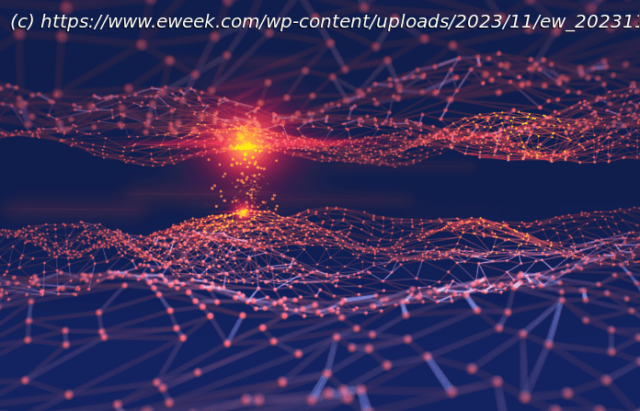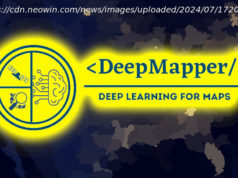Discover the 20 best neural network software. Learn about the features of each software and find the best one.
eWEEK content and product recommendations are editorially independent. We may make money when you click on links to our partners. Learn More.
Neural network software enables the implementation, deployment and training of artificial neural networks. These networks are designed to mimic the behavior of the human brain and are used for a wide variety of tasks, including pattern recognition, data analysis, and prediction.
While there are hundreds of neural network software applications (free and paid), it can get overwhelming when shopping for the best option for your organization. We did the heavy lifting for you by selecting the best neural network software.
Here are our 10 top picks for the best neural network software — plus an additional 10 honorable mentions.Top Neural Network Software: Comparison Chart
Here is a head-to-head summary of the best neural network software features and pricing.Top Neural Network SoftwareKeras: Best for Rapid Prototyping
Keras is a high-level, open-source neural network library written in Python. It can run on top of other deep learning frameworks, such as TensorFlow, Theano or CNTK, giving you a simplified and intuitive API to define and run neural networks. It supports various types of neural networks, including convolutional neural networks (CNNs), recurrent neural networks (RNNs), and their combinations.Pros and ConsPricing
Keras is a free, open-source tool.Features
Keras models can be deployed to run directly in the browser or TF Lite to enable it to run on iOS, Android and embedded devices.
High-performance backend engines.
Pre-trained models.
Built-in data preprocessing utilities. TensorFlow: Best for Production Deployment
Released in 2015, TensorFlow is an end-to-end framework for machine learning developed by Google to enable you to prepare data, build, and deploy ML models and implement MLOps. TensorFlow allows users to develop and deploy neural networks, perform numerical computations, and train models across different platforms. It is widely used for various applications, such as image recognition, natural language processing, computer vision, and reinforcement learning. The software is deployable on the web, mobile, edge, and servers.Pros and ConsPricing
TensorFlow is free and open-source software.Features
While TensorFlow is primarily implemented in Python, it provides bindings for other languages, such as C++, Java, JavaScript, and Go.
TensorFlow has a large and active community of researchers, developers, and data scientists.
TensorFlow includes TensorBoard, a visualization tool that helps users understand, debug, and optimize the performance of their machine-learning models.
Contains pre-trained models and datasets. PyTorch: Best for Modularity and Quick Experimentation
Developed by Facebook’s AI Research (FAIR) group – now META AI – PyTorch is another popular open-source machine learning library for developing and training neural network-based deep learning models. Unlike frameworks like TensorFlow, which uses static computation graphs, it provides a dynamic computational framework, allowing artificial intelligence developers to define and run computational graphs on the fly, which makes it highly flexible and efficient for deep learning tasks.Pros and ConsPricing
PyTorch is free to install and use.Features
PyTorch is compatible with major cloud services such as AWS, GCP, Alibaba Cloud, and Azure.
It offers a rich set of libraries and tools, such as Captum, PyTorch Geometric, and skorch, to support your development process in NLP and computer vision.
Dynamic computational graph.
It’s well supported by major cloud platforms. Apache MXNet: Best for Flexible Research Prototyping
Apache MXNet is an open-source project that provides a deep learning framework for training and deploying deep neural networks on various devices, from cloud infrastructure to mobile devices. One of the key features of MXNet is its dynamic computational graph, which allows for efficient memory usage and flexible model architectures. It also provides a wealth of pre-built neural network layers and algorithms, as well as support for popular deep learning frameworks such as Gluon, Keras, and TensorFlow.Pros and ConsPricing
MXNet is a free, open-source tool.Features
Deep integration into Python and support for Scala, Julia, Clojure, Java, C++, R, and Perl.
Supports various use cases, including computer vision, NLP, and time series.
MXNet supports imperative programming using NDArray, making it useful for storing and transforming data, much like NumPy’s ndarray.






